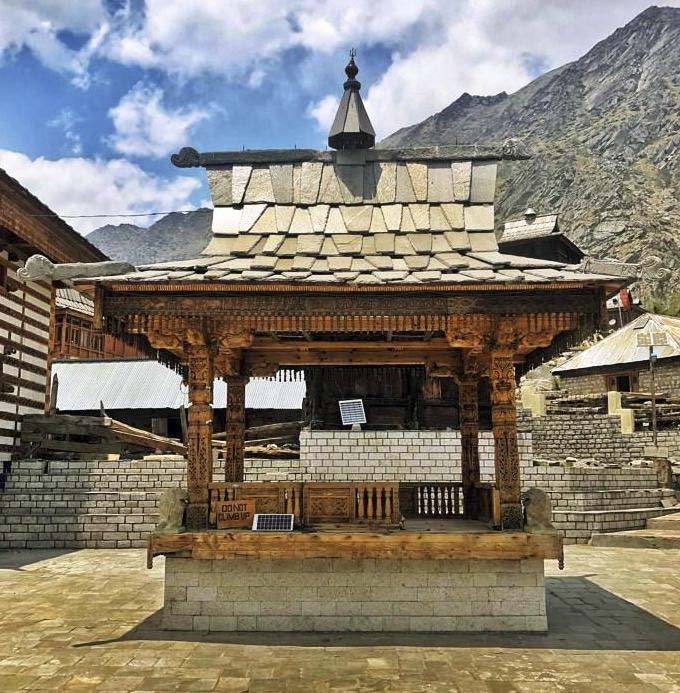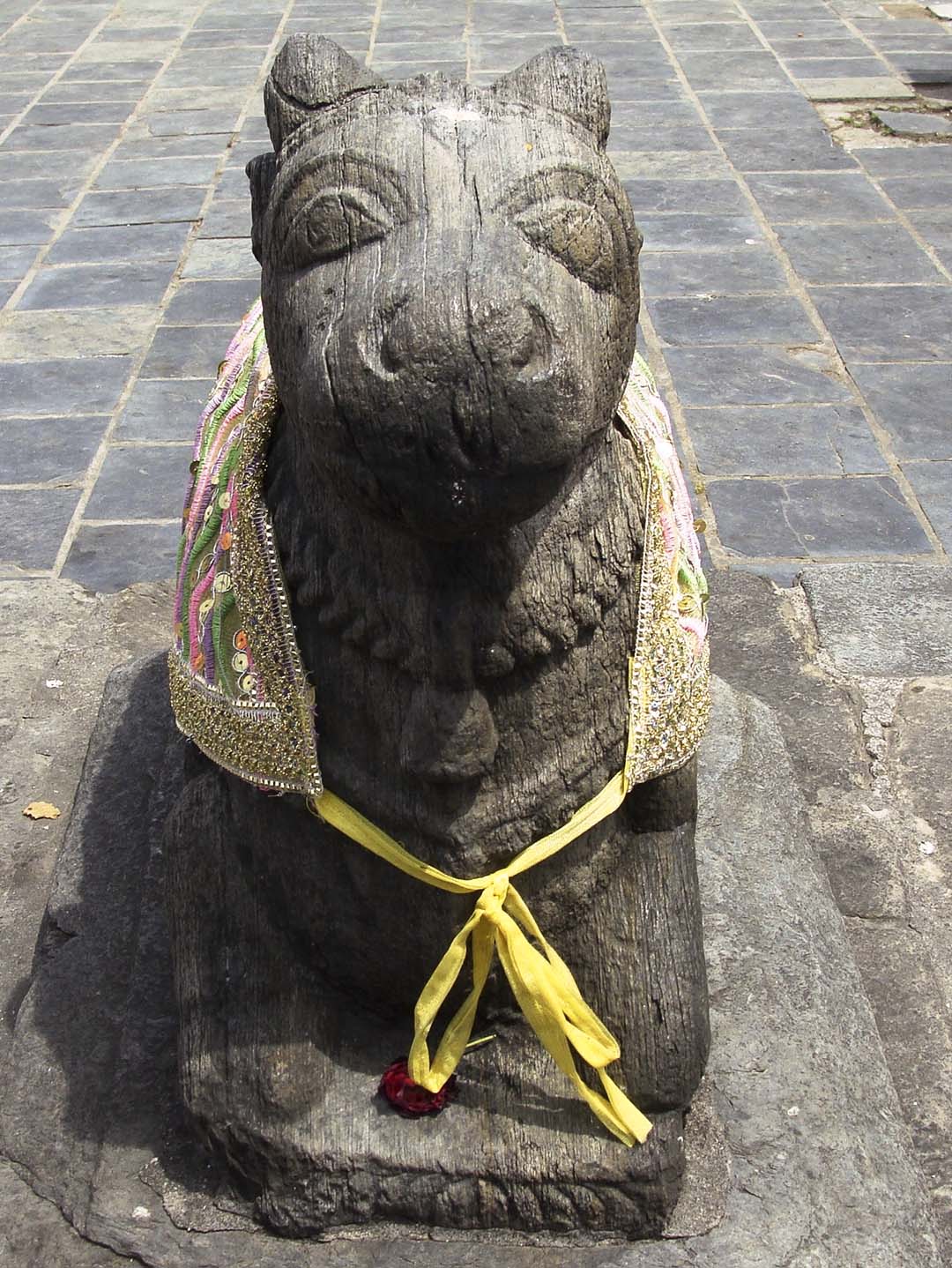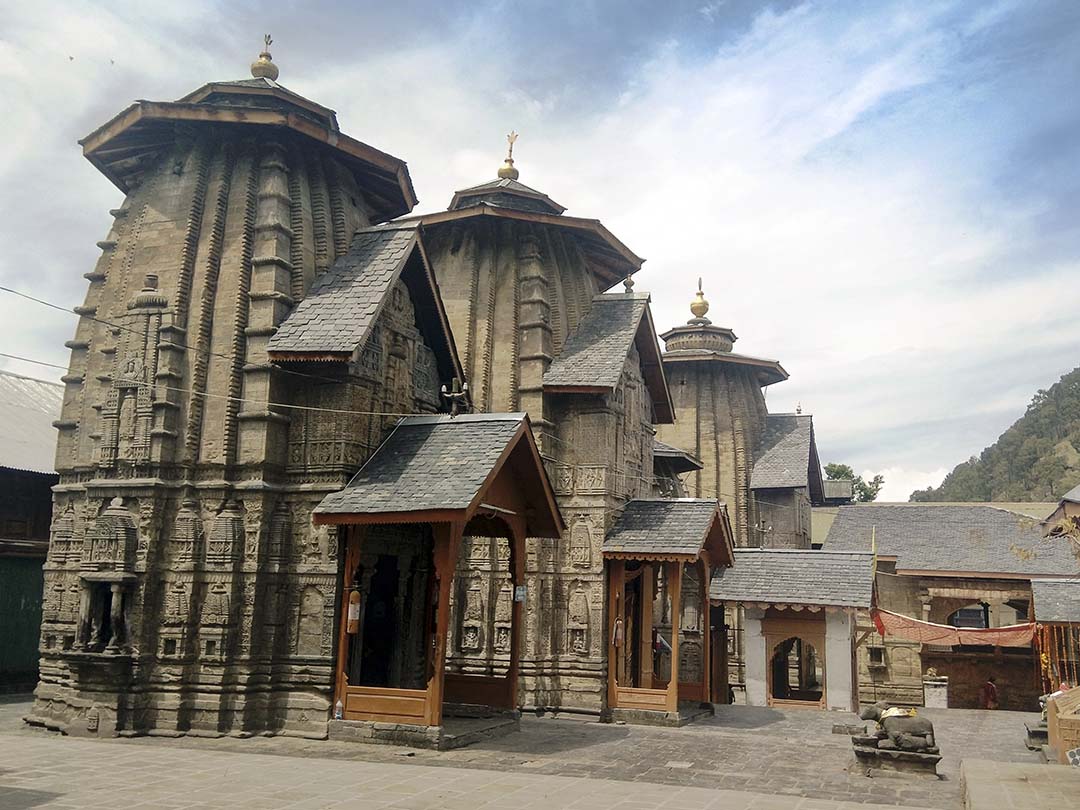
Himachal Slates used in historic Mathi Temple in Chitkul, Himachal Pradesh
Year designation
Lithology
Aesthetics
Geological settings
Proterozoic Himachal Slates comprise quartz, feldspars, mica, chlorites and carbonates, iron sulfides and epidote as secondary minerals.
Location
Key slate-yielding areas in Chamba district include Dulara, Dhanara, Se, and Panthal, primarily extracting dark-gray slate and phyllite from the Chamba and Katarigali Formations. These formations also serve as the main slate sources for Kangra district. In Kangra, quarries are situated in Khaniyara and Dari villages, with slate mining sites concentrated along the southern slope of the Dhauladhar Range in Maunjhi, Manauni, and Churan Khad villages.
Himachal Slates used in historic Mathi Temple in Chitkul, Himachal Pradesh
The sustainable stone of the hills
Himachal Slates have enjoyed a long history of usage, spanning from ancient times to the modern era, gracing many significant structures across Himachal Pradesh. These durable slates have served both roofing and flooring purposes for centuries, as evidenced by their presence in revered landmarks such as the tenth-century Laxmi Narayan Temple in Chamba, the Champavati Temple, and the Chandrashekhar Mahadev Temple. Additionally, intricately carved slabs adorned with religious motifs and inscriptions, dating from the tenth to seventeenth centuries, are on display at the Bhuri Singh Museum in Chamba City. Even during the British era, slate-roofed buildings, like the ones found at the Mall in Shimla, such as the Gaiety Theatre and the Town Hall Building, showcased the enduring appeal of Himachal Slate.
- Author(s)


